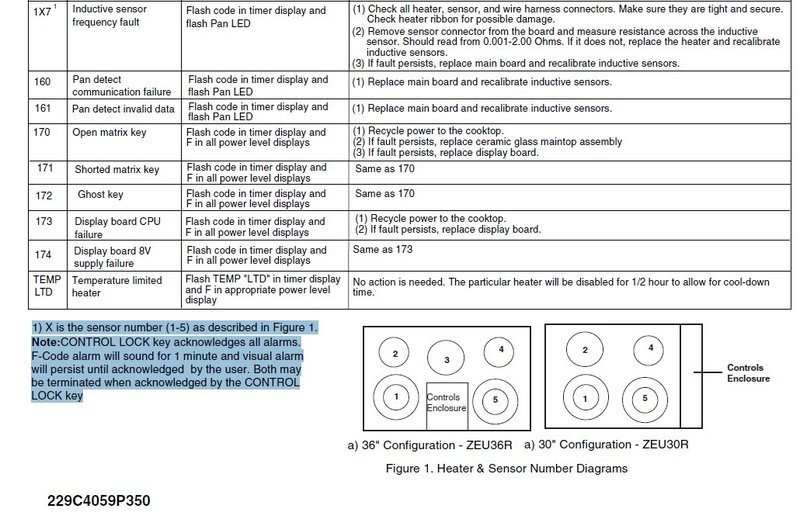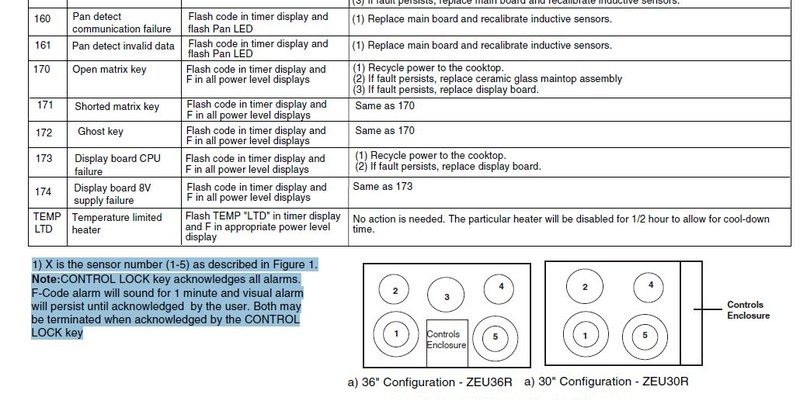
You might be wondering, “What exactly does this F2 code mean?” Well, in simple terms, the F2 error on a GE washing machine typically indicates a problem with the machine’s water drainage system. Imagine trying to sip your favorite drink through a clogged straw—that’s basically what your washing machine is experiencing. It can’t drain properly, and it’s calling out for help by flashing the F2 code. Let’s dive into what causes this hiccup and how you can fix it without pulling your hair out.
Understanding the F2 Error Code
Here’s the deal: your GE washing machine relies on a complex system to drain water after each wash cycle. The F2 error pops up when something goes awry in this process. Think of it like a traffic jam; if water can’t flow smoothly through the system, the whole operation comes to a halt. The F2 error is your machine’s SOS signal, letting you know that water is not draining as it should.
The root of the problem often lies in a blockage or clog within the drainage system. Just like when leaves block the gutters on your house, various debris can obstruct the washing machine’s drain. It could be lint, small fabric pieces, or even a rogue sock that’s gone astray. On occasion, you might encounter a kinked drain hose or an issue with the pump that’s meant to expel water from the machine.
So, what happens when you ignore it? If the F2 error code isn’t resolved, your washing machine will struggle to complete cycles or, worse, could stop working altogether. Water left inside the drum can cause lingering odors, mold growth, and a laundry backlog that nobody wants. But don’t fret! With a little patience and elbow grease, you can tackle this issue head-on.
Common Causes of the F2 Error
When it comes to the F2 error, understanding the common causes can make the troubleshooting process much smoother. One of the main culprits is a clogged or blocked drain hose. Picture this: soap suds, dirt, and fabric fibers all trying to squeeze through a narrow tube. Over time, this can create a stubborn blockage that traps water inside the washing machine.
Another frequent offender is the drain pump, which might be malfunctioning. The drain pump’s job is akin to a heart pumping blood—it pushes water out of the drum after each rinse. If it’s not working correctly, perhaps due to a faulty motor or a jammed impeller, your washing machine will flash the F2 code as a cry for help.
You should also consider the possibility of a clogged drain filter. This component acts like a guard, catching debris before it can cause a blockage. If this filter becomes too full, it can slow down or completely stop the drainage process, triggering the dreaded F2 error message. Imagine a clogged vacuum filter that makes cleaning a chore—same concept.
Fixing the F2 Error: Step-by-Step Guide
Alright, let’s get to the hands-on part. Here’s how you can roll up your sleeves and fix the F2 error code yourself. First, unplug your washing machine. Safety comes first, and you definitely want to avoid any unwanted shocks. Once that’s done, locate the drain hose at the back of your machine. Check it for any visible kinks or blockages. Sometimes all it takes is a simple adjustment to get things flowing again.
If the drain hose seems fine, it’s time to inspect the drain pump. Typically located at the bottom of the machine, you may need to remove a panel to access it. Once you find it, check for any obvious signs of clogs or damage. Remove any debris you see, but be gentle—you don’t want to cause any additional damage.
Finally, examine the drain filter. This usually requires opening a small hatch or door near the bottom front of the washing machine. Be prepared with a towel, as water may escape when you open it. Remove the filter and clean out any collected debris. Once everything is clear, reinstall the filter, close everything up, and plug your machine back in. Run a rinse cycle and see if the F2 error disappears. If it does, congratulations! You’re back in business.
Preventing Future Errors
Now that you’ve conquered the F2 error, let’s talk prevention. After all, the best fix is one you never have to make. Regular maintenance is key to keeping your washing machine in tip-top shape. Make it a habit to check the drain hose and filter every few months. This simple routine can catch potential problems before they escalate into an F2 error.
Using a mesh laundry bag for small items can also help. By containing items like socks or delicate pieces, you reduce the chance of them sneaking into the drainage system and causing a blockage. It’s like keeping your valuables in a safe—a little precaution goes a long way.
Lastly, consider running an empty cycle with a washing machine cleaner once a month. These cleaners are designed to dissolve any hidden residues that can build up over time. A fresh and clean washing machine means fewer errors and fresher laundry. And who doesn’t love the smell of freshly washed clothes?
In conclusion, understanding and addressing the F2 error code on your GE washing machine doesn’t need to be daunting. With a little knowledge and some straightforward steps, you can keep your appliance running smoothly. So next time your washing machine throws a tantrum, you’ll be ready to handle it like a pro!
